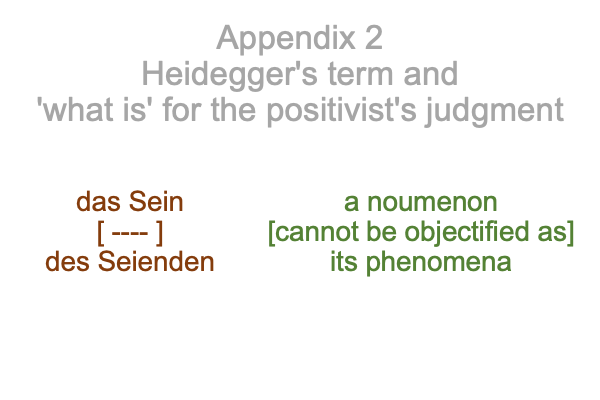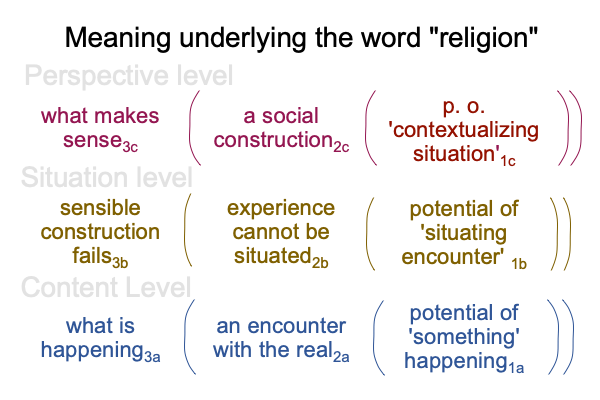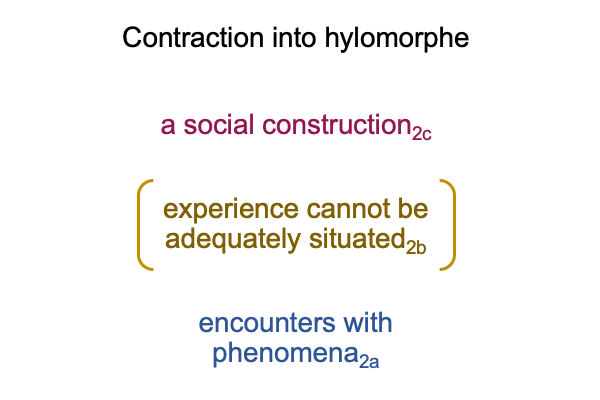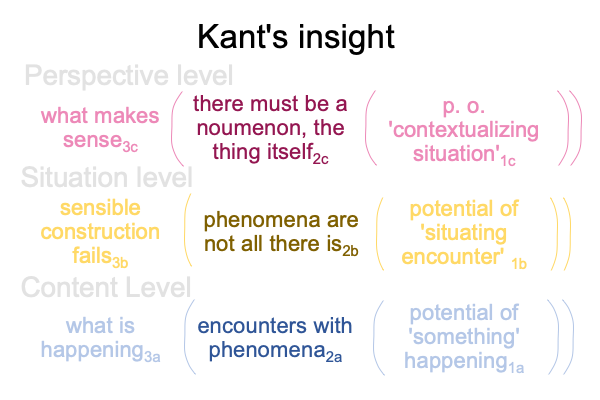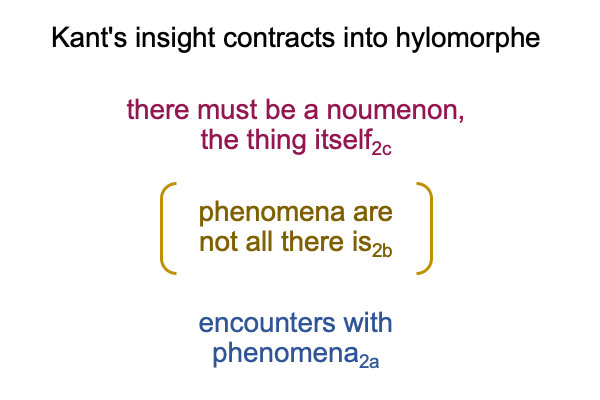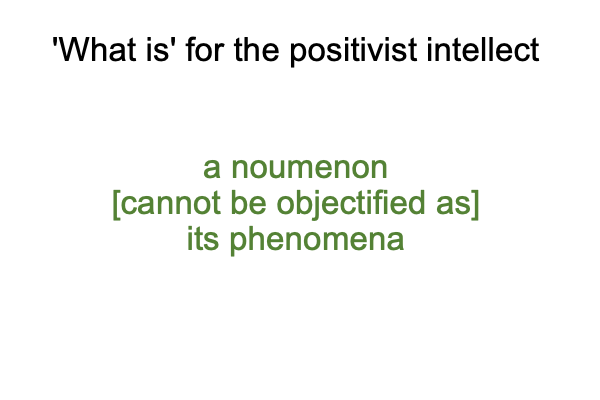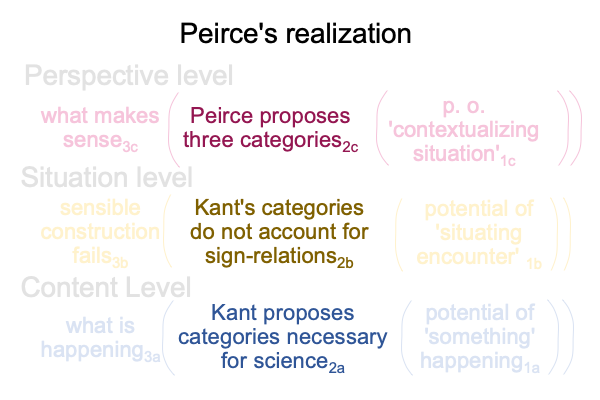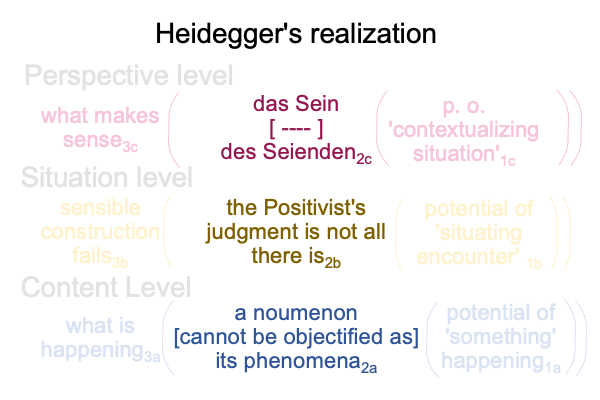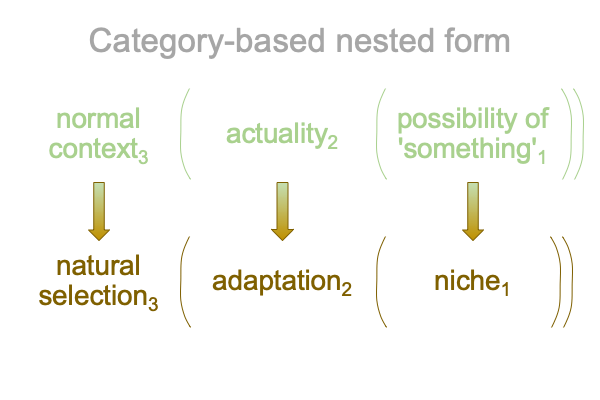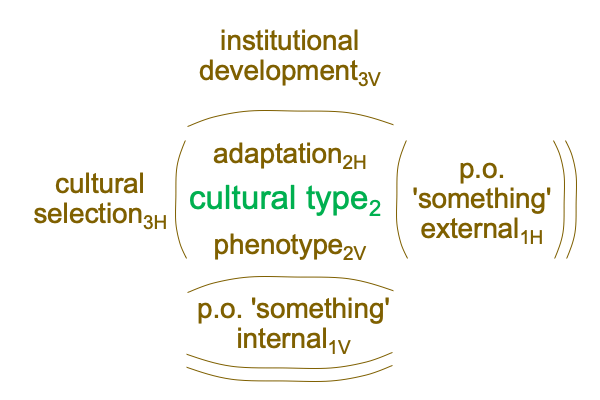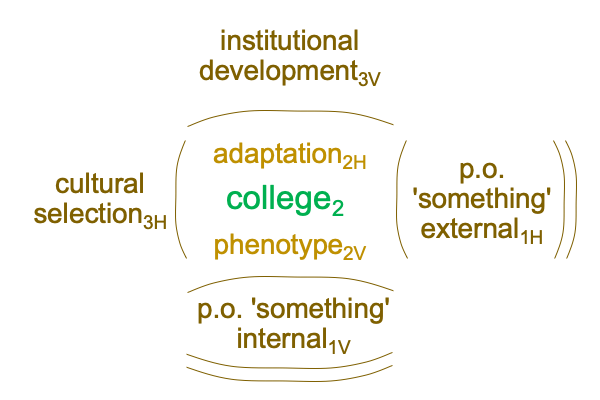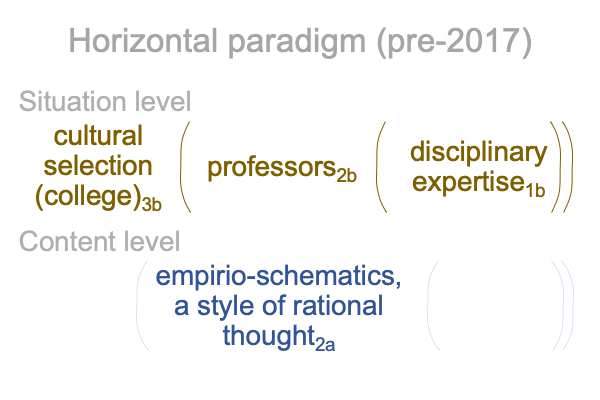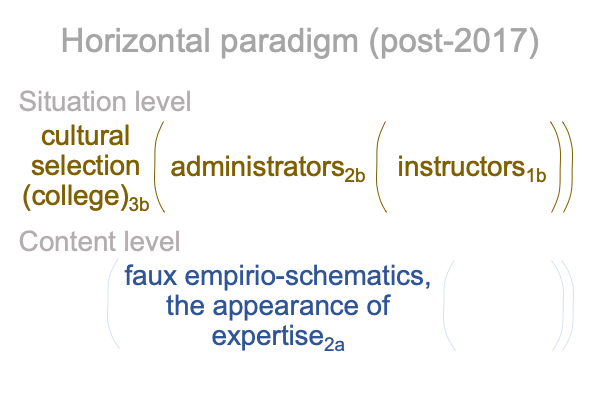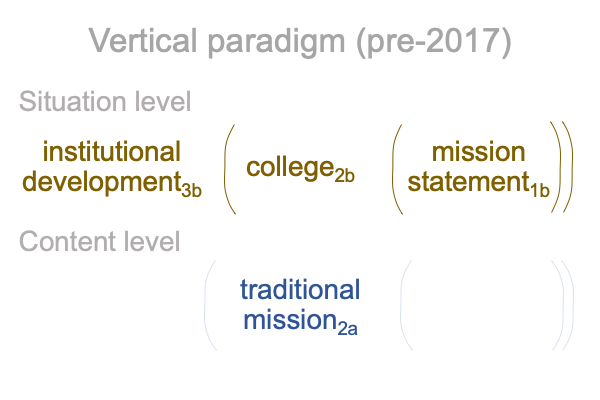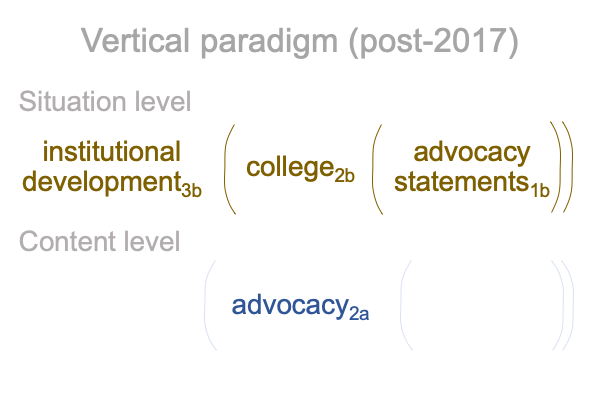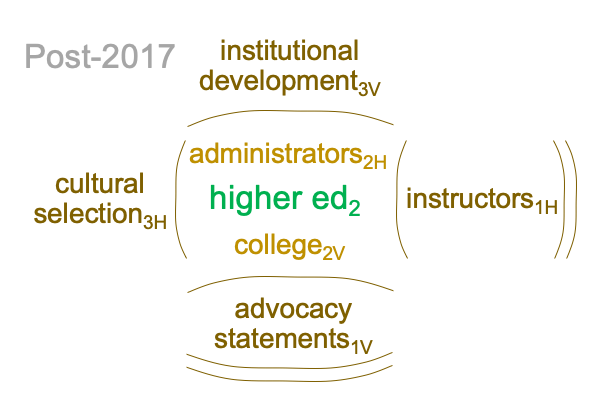Looking at Appendix 2 in Brian Kemple’s Book (2019) “The Intersection” (Part 13 of 18)
0126 Appendix 2 is titled, “Language”.
Surely, one’s education should include histories of spoken words.
After all, spoken words are all we have.
0127 Take the word, “education”.
It derives from the Latin word, educare, which translates as “to train or to mold”.
That is not all.
It also derives from the Latin word, educere, which translates as “to lead out”.
0128 Such a dual inheritance reminds me of the distinction between the words, “deduce” and “educe”. Deduction follows the rules of logic, particularly the principle of non-contradiction. Eduction brings out, figures out and sheds light on the topic at hand.
After considering the previous blogs on appendices 1.1, 1.2 and 1.3, it is easy to imagine that deduction applies to secondness (the realm of actuality) and that eduction applies to thirdness and firstness (the realms of normal contexts and potentials). Or, maybe I cans say that deduction applies to sign-objects and eduction applies to sign-vehicles and sign-interpretants.
“Education” combines “deduction” (educare) and “eduction” (educere).
“Education” is a spoken word.
So, what is the nature of spoken words?
0129 At the turn of the 20th century, Ferdinand de Saussure revolutionizes linguistics by proposing that speech-alone words are placeholders in two arbitrarily related systems of differences, parole (speech) and langue (whatever is going on in one’s head when hearing or generating spoken words).
Of course, cognitive psychologists can observe and measure parole. They can build models. They can discuss these models using a specialized disciplinary language. As such, parole (speech acts) are similar to phenomena. If phenomenaare observable and measurable facets of their noumenon, then parole are observable and measurable facets of langue.
0130 Well, that is my suggestion, for the moment.
0131 If I think in terms of secondness, then I think in terms of two contiguous real elements. For spoken language, the two real elements are parole and langue. The contiguity is an arbitrary relation. For science, the two real elements are phenomena and their noumenon. The contiguity is not arbitrary, nor is it obvious. Rather, it is a slogan that goes back to Immanuel Kant. A noumenon cannot be objectified as its phenomena.
The hylomorphic structure of a noumenon and its phenomena, attributed to Kant in the same manner that the Pentateuch is attributed to Moses, corresponds to ‘what is’ of the Positivist’s judgment. This is discussed in Comments on Jacques Maritain’s Book (1935) Natural Philosophy (by Razie Mah, available at smashwords and other e-book venues).
0132 The above discussion suggests that I juxtapose two hylomorphic structures.
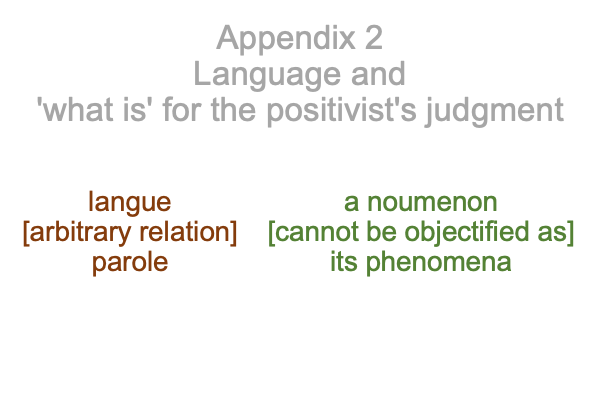
0133 If the juxtaposition sparks a feeling, then the feeling says, “No matter how well we observe, measure, model and technically discuss parole, we can never objectify langue, unless the relation between parole (as an external system of differences) and langue (as an internal system of differences) becomes motivated, and a comparison with Kant’s slogan is no longer secure. If the relation between parole and langue is motivated, then the phenomena of talk can objectify the noumenon of the way that we cognitively process that talk.”

